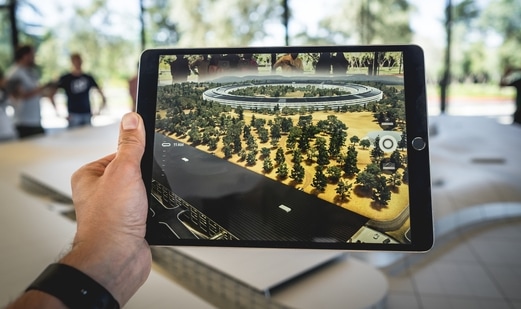Explained: What is Metaverse & how will it benefit from 5G in India?
The advent of 5G has opened the gates for more innovations in the field of technology, among them being Metaverse.
The next generational 5G technology is finally in India. Several telecom companies have announced their ambitious plans to expand their services to every corner of the country in the next few months. The 5G services were launched by Prime Minister Narendra Modi at the India Mobile Congress which began on October 1.

The advent of 5G has opened the gates for more innovations in the field of technology, among them being Metaverse.
“I can sell a product showing its whole feature without even having its physical prototype. I can explain to my customer what are the features? In what variance it comes? All here in Metaverse", touts Ram Gandhe of a Metaverse service provider company - Stellar. He describes how Metaverse powered by 5G can help visualise the entire product in a real environment, much like the product is placed there itself, without having the hassle of transporting the product to customers.
What is Metaverse?
Metaverse is currently in the evolutionary phase, so it has no clear-cut definition and is interpreted by different people depending on its different application. However, broadly it can be defined as a fictitious version of the Internet providing an immersive virtual environment by the usage of virtual reality (VR) and augmented reality (AR) headgear.
The origin of the word ‘Metaverse’ can be traced back to a science fiction novel - Snow Crash, authored by the American writer Neal Stephenson and got printed in 1992. However, it became the buzzword of Silicon Valley only when Facebook decided to change its name to Meta. For Mark Zuckerberg, the distinguishing feature of the metaverse would be a sense of presence – ‘like you are right there with another person or in another place.’
How does it help?
Metaverse has many applications, and one of them was shown by Ram’s company at the IMC event. With the help of this new age technology, he says, one can display their product to several people in detailed form and can also get their feedback by digital interaction, all in real-time.
“Customer touches on a particular thing and I come to know that he’s talking about this product. This is what we call qualitative digital interaction,” he says.
Vipul, who has been using this service for a year now, says that it is a one-time investment while offering great peace of mind. “I don’t have to worry that my product has got damaged while transporting for demo.”
This differs greatly from screen display because the user feels like the 3D model is placed right before him.
How will 5G bolster this technology?
Gandhe says although this is also possible on 4G infrastructure, 5G will bring a new revolution. “We are making some data transfers of few hundreds of megabytes. But if thousands of people are connected live, just imagine the amount of data that is required to bring this entire infrastructure into the digital world. That will be gigabytes of data that needs to be delivered quickly", he said.






